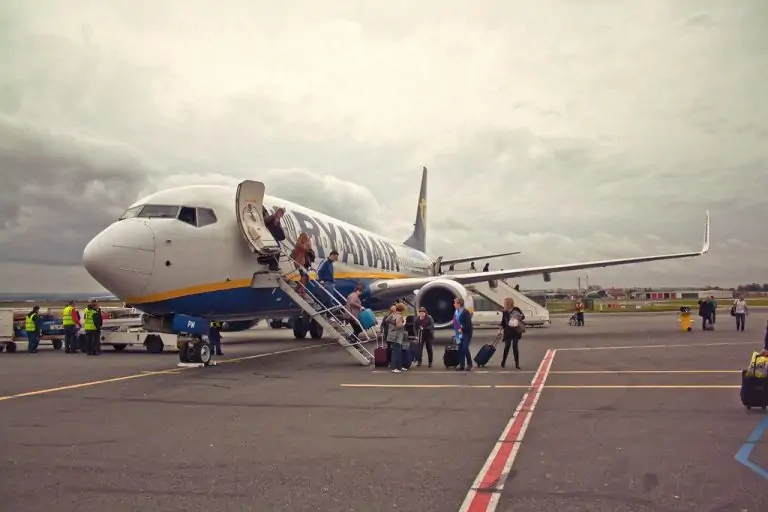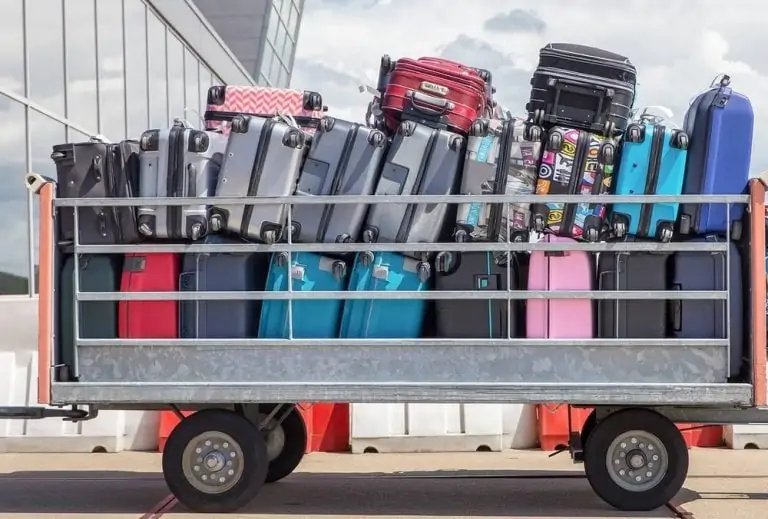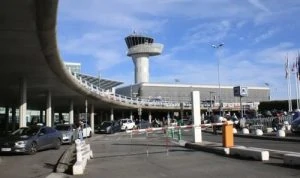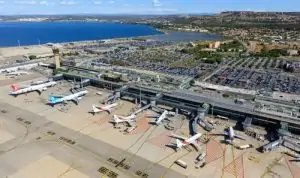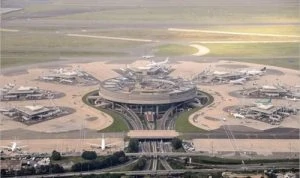Flying is not a trivial matter.
Taking to the skies and travelling several hundred kilometres can be a source of wonder for some, and a real source of anxiety and fear for others. AdopteUnParking gives you a few tips and tricks to make the most of your plane trip.
Why are people afraid of flying?
The first step to becoming fearless is to understand your fear. To tame your fear, you need to know what triggers it.
The causes
Fear of flying can be caused by a number of factors. It can be caused by many things: fear of the unknown, turbulence, loss of control, past experiences, but also disaster films or news stories. Knowing the origins of your fear is the first step towards dealing with it more effectively. It allows us to manage our anxiety and find ways of calming them. This makes it easier to understand our reactions to our fears, to rationalise them as much as possible and to find ways of managing the fear, because yes, despite what we may think, it is entirely possible to work on our phobias to live with them better.
The unknown
Fear of the unknown is a fear that many people are familiar with, and it is one of the most common causes of anxiety. If you've never been on a plane, chances are your fear is linked to the unknown. Not knowing how an aeroplane works, how it flies and what happens once you're in the air, these factors can fuel your fear. Finding out about the different stages of a flight can help you better understand what you're about to experience. To help you, you can also learn about safety procedures. This knowledge can help reduce your fear.
Experiences
Past experiences have a strong influence on your fears. If you've already been on a plane and things didn't go well on those flights, it's common for your fears to be heightened. In this case, it's important to recognise these experiences so that you can work on them. Don't hesitate to get professional help to deal with your fears and bad experiences. This applies not just to flying, but to everything.
Preparing your trip
Preparing for your departure can have an impact on your anxiety and fears. By preparing, you leave little room for the unknown. Knowing the route you will be taking and knowing that all the documents you need for the trip are ready will help you to get to grips with the journey.
Reserve a car park
The first step is arriving at the airport, and more particularly parking your vehicle. To avoid additional stress, we recommend that you reserve your parking space in advance. That way you can be sure of finding a space quickly and easily. AdopteUnParking helps you find the ideal car park in MarseilleNice, Nantes and many other airports. On the big day, all you have to do is go to the car park and get dropped off at the airport.
Occupation
Don't hesitate to take things that will keep you busy and distract you during the various stages of your journey through the airport. Between the wait before boarding and during the flight, it's always good to have a book to dip into, watch films or series (don't forget the headphones!), play games on your portable console or do some arrow puzzles. These distractions will help you think about other things and make the time go by more quickly.
Relaxation
It's time to start meditating to relieve the anxiety of flying. You can also learn deep breathing or any other means of relaxation that can easily be practised in a public space. These methods will help you to stay relaxed and calm, and may even help to soothe you in stressful situations such as turbulence.
Turbulence
It's not uncommon to encounter turbulence of varying degrees of severity when travelling by air. To be as prepared as possible, you need to know a few things: what they are, how dangerous they are and what to do in the event of turbulence.
What is it really?
Turbulence is the result of air movements. It can be caused by warm air meeting cold air, or by the air meeting the aircraft. There are four main causes of turbulence:
- Thermal turbulence is caused by a sudden transfer of heat in the air. When an area of warm air meets an area of cold air too quickly, turbulence can occur. This is how thunderstorms develop. This turbulence is often very strong, but radar makes it easy to spot thunderstorms and avoid them.
- Mechanical turbulence is caused by a disturbance in air circulation. The wind moves like waves over the mountains and easily causes swirling winds that continue their path for hundreds of kilometres. It can be difficult to spot them when you are far from a mountainous area. This turbulence can take pilots by surprise.
- Clear air turbulence may seem strange because it is turbulence in a clear, cloudless sky. In reality, it's the meeting of two air masses moving at different speeds that eventually collide. The best examples are jet streams. These are fast-moving air currents which, when they meet a slow-moving current, form eddies. As the name suggests, turbulence in clear air is difficult to detect, so it's not always possible to avoid it.
- Wake turbulence is turbulence that an aircraft creates itself. This is why pilots cannot take off or land just after another aircraft.


